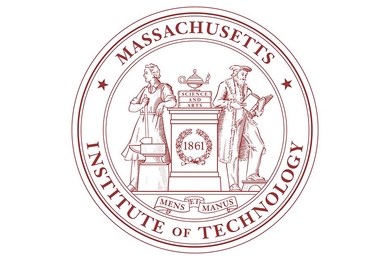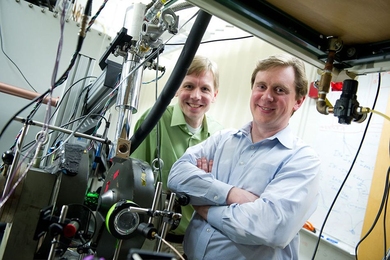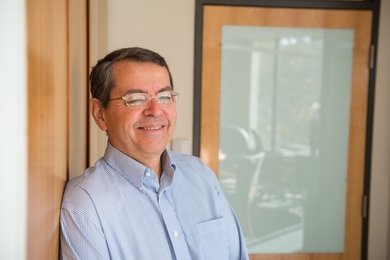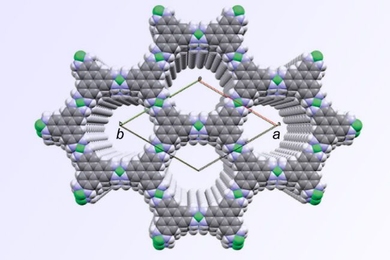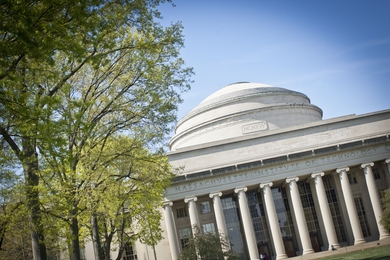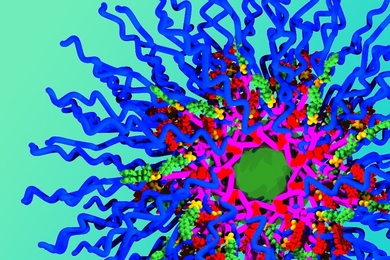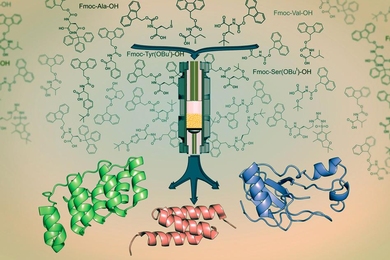Department
Chemistry
Getting more electricity out of solar cells
New MIT model can guide design of solar cells that produce less waste heat, more useful current.
Buchwald receives 2014 Pauling Medal Award
Linus Pauling Award recognizes outstanding contributions in the field of chemistry
New material for flat semiconductors
Researchers find a two-dimensional, self-assembling material that might produce solar cells or transistors.
Seven faculty members elected to the American Academy of Arts and Sciences
Among 204 elected this year to the prestigious honorary society.
Targeting cancer with a triple threat
MIT chemists design nanoparticles that can deliver three cancer drugs at a time.
An Arctic ozone hole? Not quite
MIT researchers find that the extremes in Antarctic ozone holes have not been matched in the Arctic.
Tiny particles could help verify goods
Chemical engineers hope smartphone-readable microparticles could crack down on counterfeiting.
Making cancer drugs better
Killian Award recipient Stephen Lippard describes his work on platinum-based chemotherapy agents.
Fast synthesis could boost drug development
Chemists devise a new way to manufacture peptide drugs, which hold promise for treating many diseases.
New catalyst could lead to cleaner energy
MIT chemists devise a reaction that traps carbon dioxide and turns it into something useful.
Faculty highlight: Keith Nelson
Spectroscopy techniques demonstrate ballistic motion at micron length scales, open door to new possibilities for semiconductors, thermoelectrics.
Crossing disciplines, and international borders
Rhodes Scholar John Mikhael, who calls both the U.S. and Lebanon home, is also comfortable in many scientific fields.
New graphene treatment could unleash new uses
MIT team develops simple, inexpensive method that could help realize material’s promise for electronics, solar power, and sensors.
